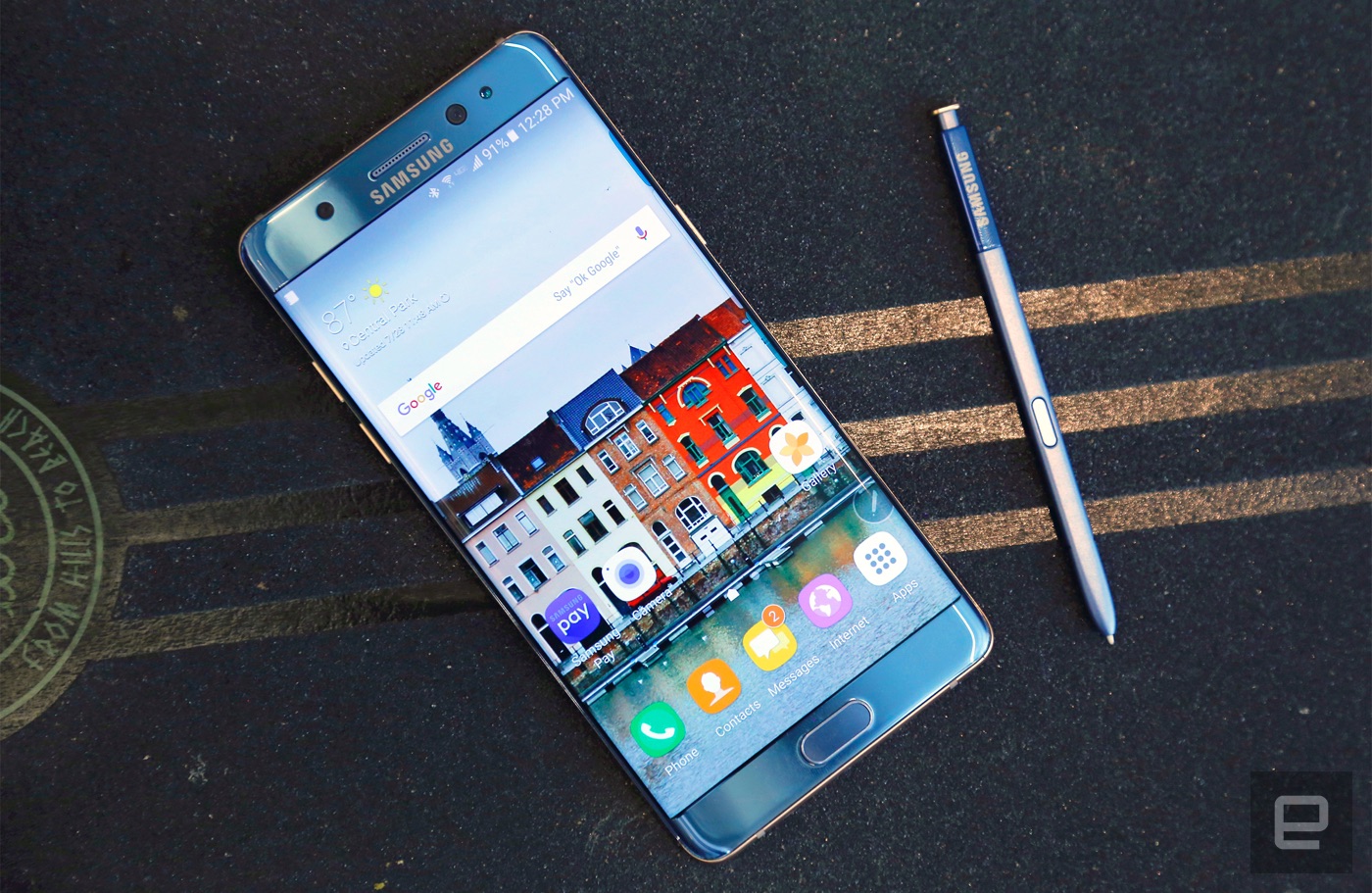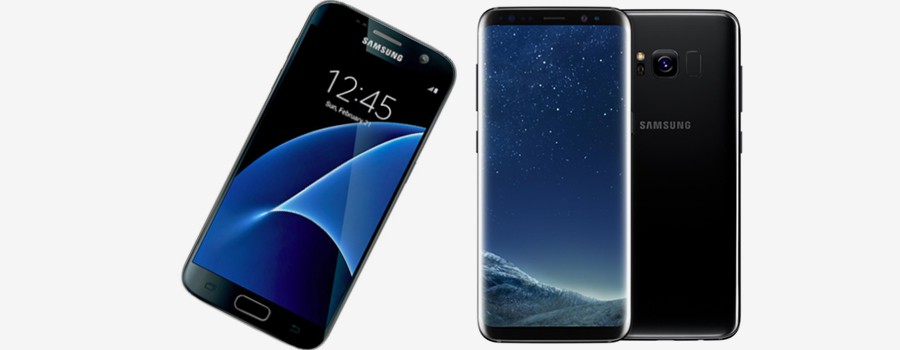2016 saw Apple reclaim the number one spot as the leading vendor of smart phones for the first time since 2014. In the time since they released the iPhone 7 and 7 Plus, both minor upgrades over their predecessors – sans a headphone jack. While both are excellent smartphones, it isn’t a stretch to believe that Apple’s increase in sales is partially aided by a major slip-up from their main opposition, Samsung. If you were window shopping for a new smart phone recently, trying to decide between either company’s flagship phone from a pros and cons list of specs, cameras, displays and operating systems has become irrelevant. Instead it could come down to simply, does it explode?
Due to the volatile nature of the Note 7’s battery, Samsung were forced to cease production of the device and provide consumers with replacement devices or full refunds. This recall reportedly cost the Korean tech giants more than $US 2 billion. More worrying though is the potential future damage the exploding phone could do to Samsung’s name and profits.

The release of the new Galaxy S8 presented Samsung with a golden opportunity to regain a chunk of their market share, as well as consumer trust. They had two options in order to achieve this: take the kitchen sink approach and hope that all the extra features they pack in stimulates renewed interest in their phones, or release another yearly upgrade and hope that people would look past the Note 7’s battery issues. Upon its announcement it seems they’ve gone for a mixture of the two.
In terms of specs the S8 and S8+ are an expected update on last year’s internals. The phone now has a powerful Octa-core processor and 4GB of RAM which is more than enough power to handle any and every app out currently available. The camera on the back retains its best-in-class 12MP camera, however the front-facing camera has been upgraded from a 5 to an 8MP sensor with a wide-angle lens for all your selfie-taking needs. Both phones also come with 64GB of built-in storage which is expandable a further 256GB with the microSD slot for those looking to store their entire music/photo library in their pocket.

These are all solid improvements and worthy of attention for anyone looking to upgrade, but the real ‘wow’ factor is reserved for the phone’s bezel less screen Samsung is calling their ‘Infinity Display’. In photos, it looks stunning and is sure to turn heads when in operation. While it is touted as the most immersive display available today, don’t expect to see Quad HD+ (2960×1440) when you first hoist the S8+ out of the box: the power requirements needed to power such a high-end display make the Infinity Display and its insanely high resolution impractical for everyday use. The screen’s default resolution is set to HD+ (2200×1080). Clearly Samsung is worried about battery strain and with their recent reputation it’s hard to blame them. It feels like a similar move to Apple’s decision to remove the headphone jack from the iPhone 7 in order to sell more of their wireless accessories. In Samsung’s case, they’re pushing their own Gear VR headsets which you can obtain for free if you pre-order the Galaxy S8 or S8+ from Samsung or Telstra before the 27th of April.

Only time will tell if Samsung have done enough to regain their position as top dog in the smartphone industry, and it will be interesting to see how Apple responds in September.

